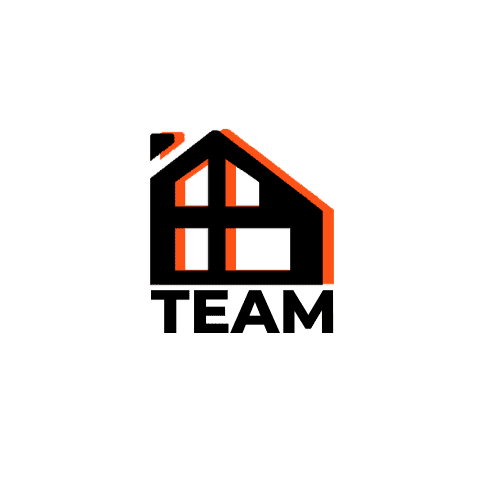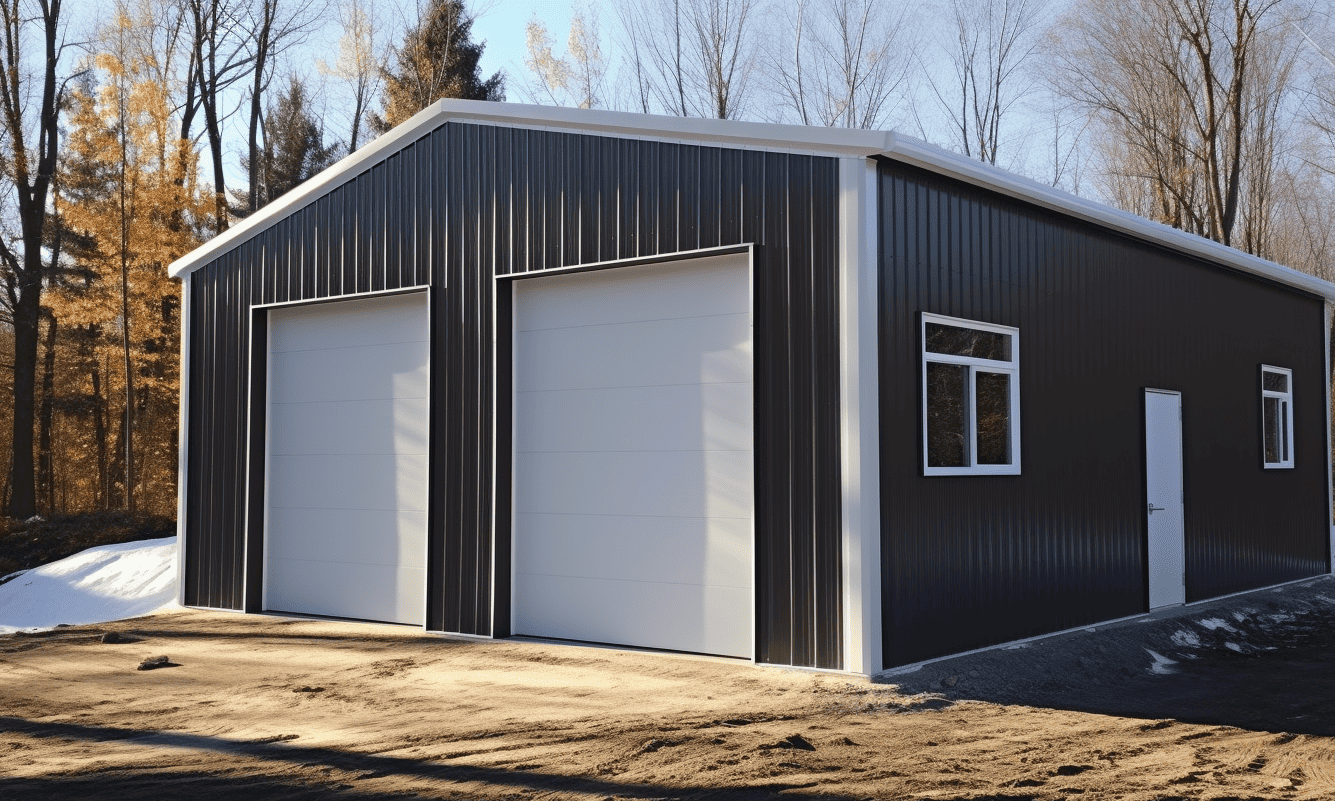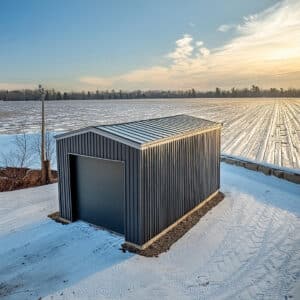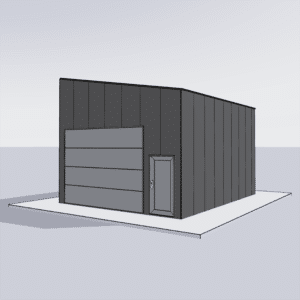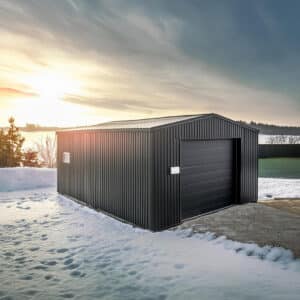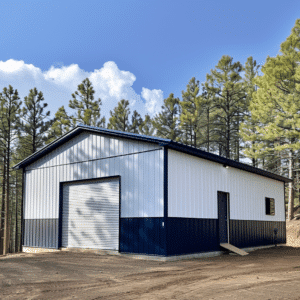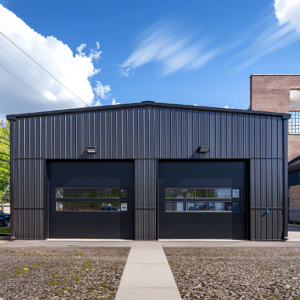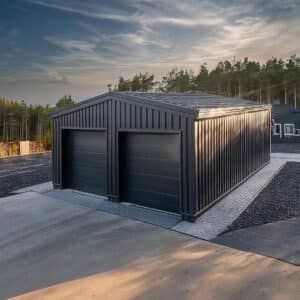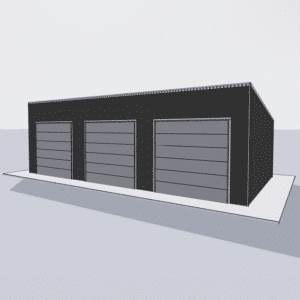Understanding the Connection Between Safety Compliance and Steel Building Insurance
When we think about insurance, our first thought usually centers around protection from financial loss. But did you know that safety compliance can significantly affect your steel building coverage? It goes beyond simply ticking off boxes—it’s about ensuring longevity, protection, and peace of mind for your investment. Just like a skilled chef knowing their ingredients, understanding how safety compliance affects insurance policies can help you reap all the benefits while safeguarding your steel building.
Whether you’re building a commercial warehouse, residential garage, or workshop, insurance insights on safety compliance can serve as your guiding star. So, what does this entail for your steel building and its coverage?
The Role of Safety Compliance in Steel Construction
Ensuring compliance with safety regulations not only mitigates risks but also showcases your commitment to maintaining a secure environment. To put it simply, safety compliance demonstrates due diligence—critical for both safety and insurance purposes. Legal standards, like the Code of Standard Practice for Steel Buildings and Bridges, set essential guidelines and protocols aimed at reducing hazards.
Insurance companies use these protocols as benchmarks to evaluate risk levels within your steel building. It’s like a health check for your property—by adhering to these guidelines, you demonstrate the structural integrity and safety measures in place. This can lead to more favorable insurance premiums and coverage terms. Want to learn more about ensuring safety in steel construction? Check out our extensive guide.
Mitigating Risks and the Impact on Insurance Premiums
Think of insurance as the strong safety net underneath a trapeze artist. The fewer the risks, the tighter the safety net and the lower the cost of repair or replacement after an incident. Insurance companies often conduct onsite risk assessments to determine potential hazards. Factors like structural integrity, fire safety adherence, and maintenance protocol influence the cost and extent of your coverage.
Safety compliance plays a crucial role in this evaluation. Implementing a thorough Maintenance & Compliance Guide helps you keep your building in top condition, subsequently reducing the perceived risk and encouraging insurance companies to offer you better coverage rates. Imagine ensuring your steel building has the best warranty—without safety compliance, this wouldn’t be possible.
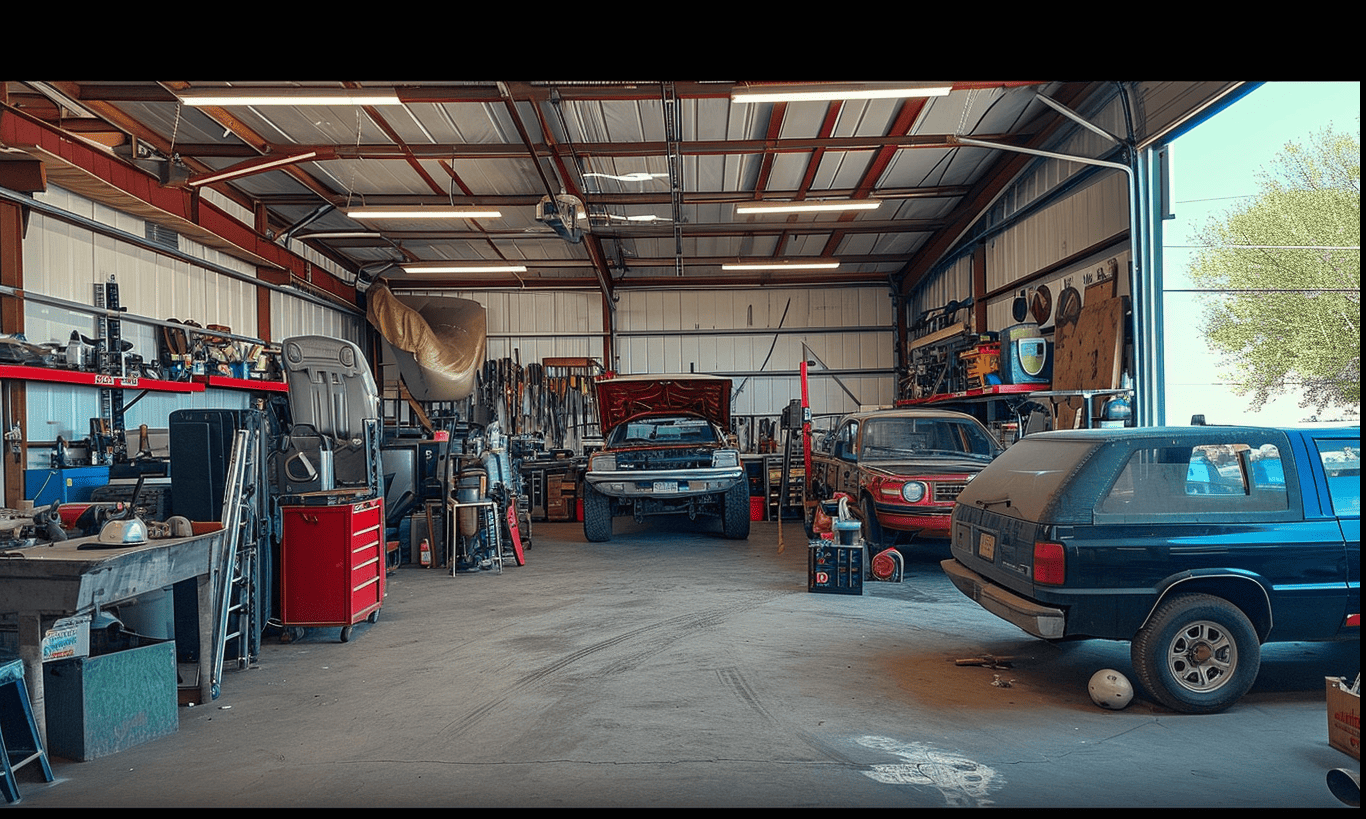
The Cost of Non-Compliance
Choosing to ignore safety regulations is akin to skating on thin ice—sooner or later, it’s likely to crack. Non-compliance doesn’t only put your building at risk of damage but also jeopardizes your insurance coverage. The consequences can be severe, including higher premiums, reduced coverage, or even complete denial of an insurance claim.
Consider this common scenario: a steel building fails due to non-compliance with wind safety standards. Insurance companies may decline to cover these damages, pointing out negligence in meeting minimum safety requirements. By Preventing Structural Failures That Compromise Steel Buildings, you ensure that both your property and your insurance coverage remain intact.
Key Insights to Keep Your Steel Building Insurance-Ready
Implementing stringent safety measures and keeping up with routine maintenance checks are vital to an efficient insurance process. Make it a habit to regularly review safety standards and legislative changes to ensure your building remains compliant. Here are some practical steps:
– Schedule periodic audits of your building’s safety measures.
– Maintain a comprehensive record of compliance certifications and inspections.
– Educate your team on updated safety procedures to mitigate risks effectively.
– Use reliable resources such as the Steel Building Safety FAQs to keep informed of crucial safety protocols.
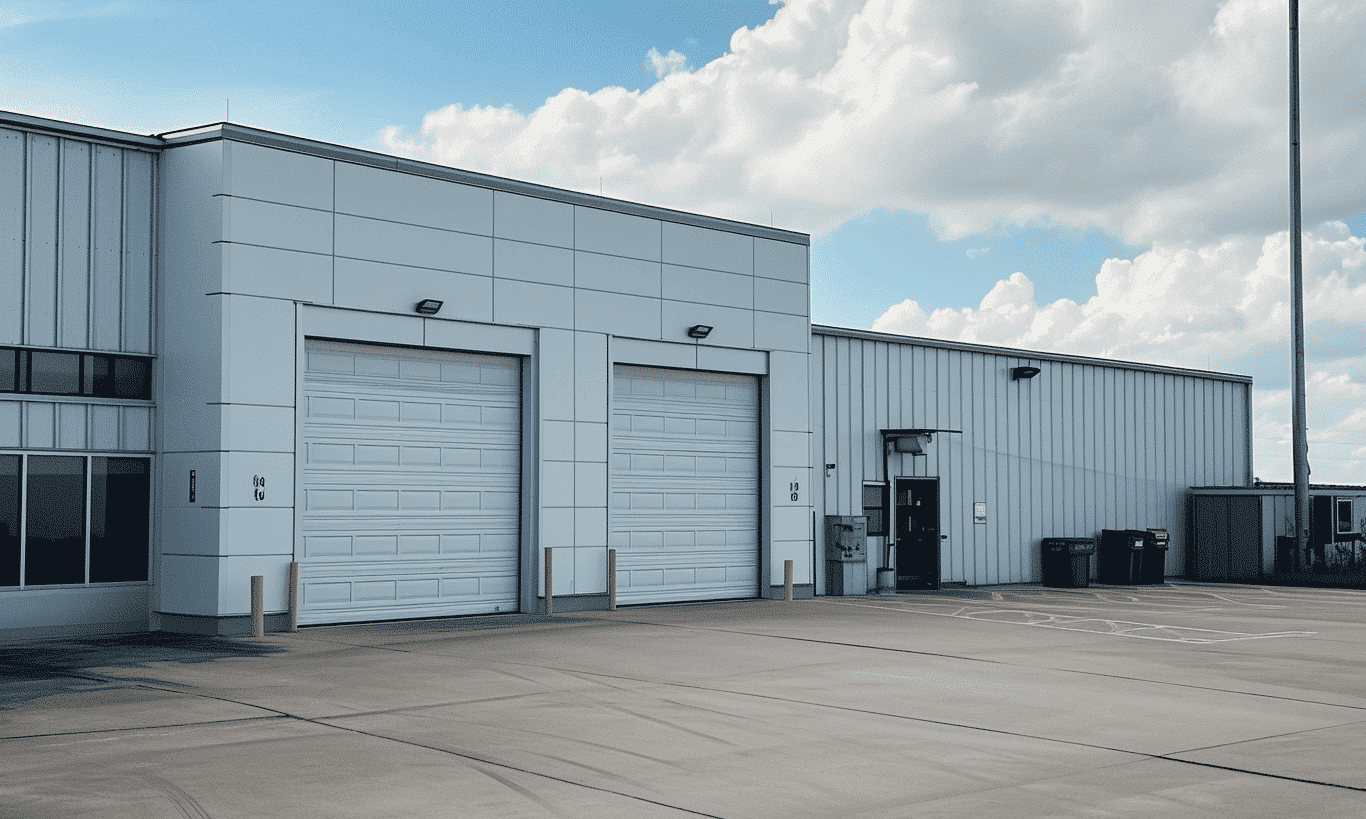
The Bottom Line: Why Safety Compliance is Non-Negotiable
In conclusion, understanding the nexus between safety compliance and insurance positioning for steel buildings is essential. From ensuring regulatory fulfillment to maintaining your building’s structural fortitude, it’s about fortifying your peace of mind against unforeseen circumstances. Essentially, think of safety compliance as the guardian angel of steel building insurance—ever-present, ever-protective. Don’t miss the opportunity to ensure safety for maximum coverage.
By consistently embracing these practices, you pave the way for favorable insurance outcomes, allowing you to focus on what truly matters—using your steel building to its fullest potential. After all, why climb a wobbly ladder when you can walk securely over a reinforced bridge?
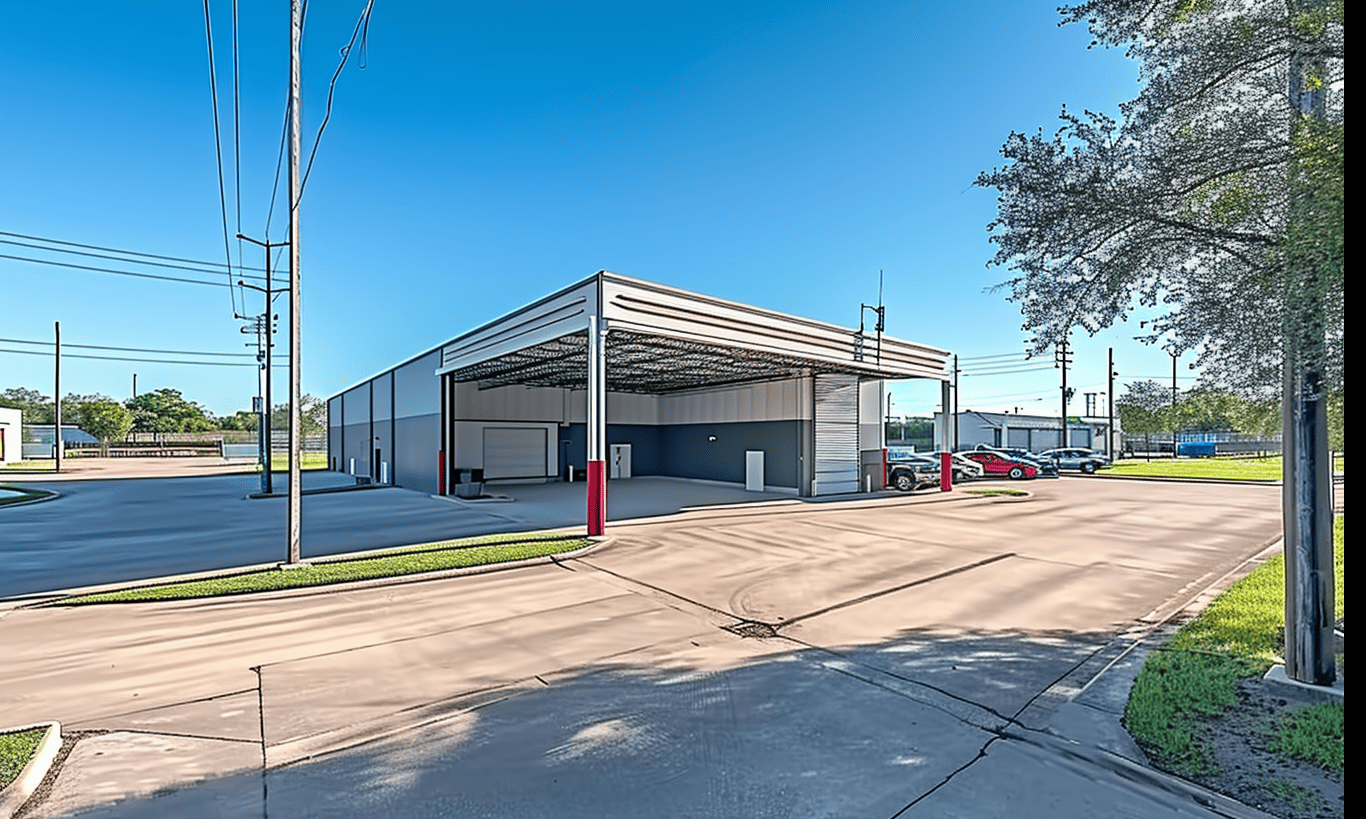
Your steel building is more than just a structure—it’s an investment, your oasis of productivity. Safeguard it wisely with informed decisions about safety compliance.
